New CT Scan Technique to Improve Prognosis and Treatments for Head and Neck Cancers
|
By MedImaging International staff writers Posted on 27 Feb 2025 |
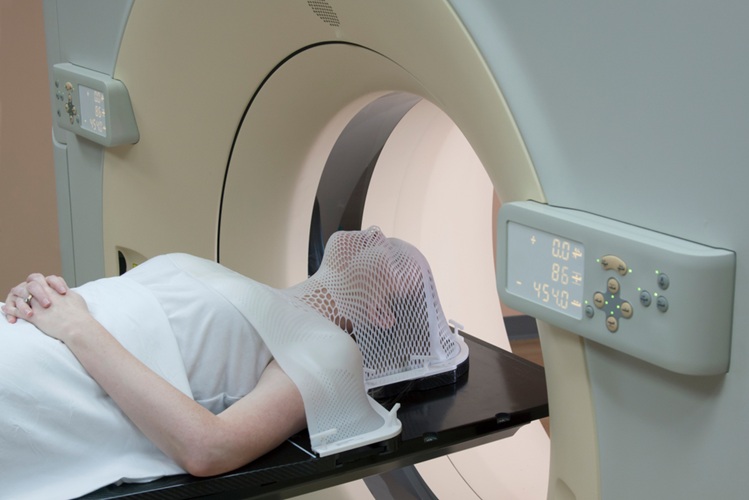
Cancers of the mouth, nose, and throat are becoming increasingly common in the U.S., particularly among younger individuals. Approximately 60,000 new cases are diagnosed annually, with 20% of these cases occurring in individuals under the age of 55. Despite improvements in surgical methods and other treatments, the five-year survival rate for head and neck squamous cell carcinoma (HNSCC) remains around 50%. Risk factors for HNSCC include tobacco use, alcohol consumption, and certain strains of Human Papillomavirus (HPV). The typical treatment for these cancers involves surgical tumor removal, radiation therapy to the affected area, and chemotherapy, immunotherapy, or a combination of these treatments. However, these therapies can lead to severe and sometimes permanent side effects that impact a patient’s ability to see, swallow, or speak. A new study now offers new insights that could ultimately help oncologists predict how the disease will respond to various treatments, leading to better survival outcomes for patients.
Researchers from the University of Maryland (Baltimore, MD, USA) conducted a study analyzing pre-treatment CT scans from patients with head and neck squamous cell carcinoma (HNSCC) to identify radiomic biomarkers that could predict the aggressiveness of the disease and its response to treatment. CT scans are routinely used as a pre-treatment diagnostic tool for HNSCC patients and help oncologists formulate personalized treatment plans. In this study, published in Scientific Reports, the researchers examined data from 203 patients at the University of Maryland Greenebaum Comprehensive Cancer Center (UMGCCC) and 77 patients from the MD Anderson Cancer Center, dating back to 2003. Using advanced radiomics, which applies complex mathematical and statistical algorithms, the team identified tumor characteristics that are not visible to the naked eye. These biomarkers were then used to create predictive models that focused on the likelihood of progression-free survival following treatment.
The findings indicated that these radiomic biomarkers could provide valuable insights into which patients are most likely to benefit from specific treatments. The researchers discovered that incorporating radiomic biomarkers into treatment planning may enable oncologists to recommend less invasive therapies, thereby reducing the risk of long-term side effects. In future studies, the team hopes to deepen their understanding of these imaging biomarkers, validating their findings with data from other institutions. This research will need to be completed before a prospective clinical trial can be conducted, where treatment interventions could be guided by imaging biomarkers and predictive models. For example, patients with biomarkers indicative of less aggressive disease might be given a reduced radiation protocol.
“Integrating prognostic and predictive biomarkers into clinical care could help to provide more targeted therapies, leading to improved survival outcomes for patients,” said the study’s senior author, Lei Ren, PhD. “The findings from this study pave the way for future investigations through larger clinical trials to further evaluate the clinical efficacy of radiomics biomarkers for progression-free survival prediction in HNSCC patients.”
Latest General/Advanced Imaging News
- CT Colonography Beats Stool DNA Testing for Colon Cancer Screening
- First-Of-Its-Kind Wearable Device Offers Revolutionary Alternative to CT Scans
- AI-Based CT Scan Analysis Predicts Early-Stage Kidney Damage Due to Cancer Treatments
- CT-Based Deep Learning-Driven Tool to Enhance Liver Cancer Diagnosis
- AI-Powered Imaging System Improves Lung Cancer Diagnosis
- AI Model Significantly Enhances Low-Dose CT Capabilities
- Ultra-Low Dose CT Aids Pneumonia Diagnosis in Immunocompromised Patients
- AI Reduces CT Lung Cancer Screening Workload by Almost 80%
- Cutting-Edge Technology Combines Light and Sound for Real-Time Stroke Monitoring
- AI System Detects Subtle Changes in Series of Medical Images Over Time
- World’s First Mobile Whole-Body CT Scanner to Provide Diagnostics at POC
- Comprehensive CT Scans Could Identify Atherosclerosis Among Lung Cancer Patients
- AI Improves Detection of Colorectal Cancer on Routine Abdominopelvic CT Scans
- Super-Resolution Technology Enhances Clinical Bone Imaging to Predict Osteoporotic Fracture Risk
- AI-Powered Abdomen Map Enables Early Cancer Detection
- Deep Learning Model Detects Lung Tumors on CT
Channels
Radiography
view channel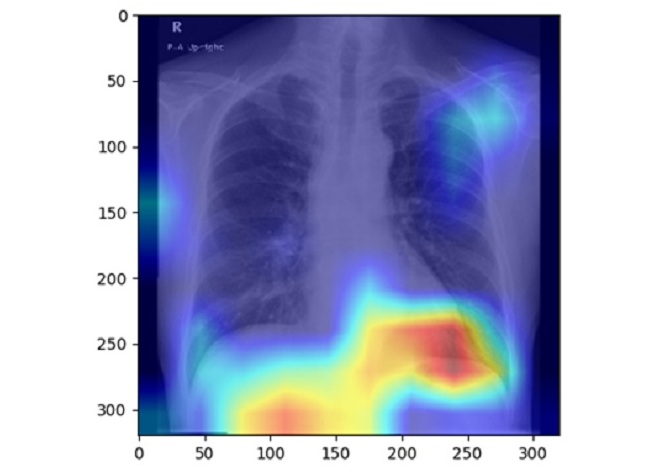
AI Detects Fatty Liver Disease from Chest X-Rays
Fatty liver disease, which results from excess fat accumulation in the liver, is believed to impact approximately one in four individuals globally. If not addressed in time, it can progress to severe conditions... Read more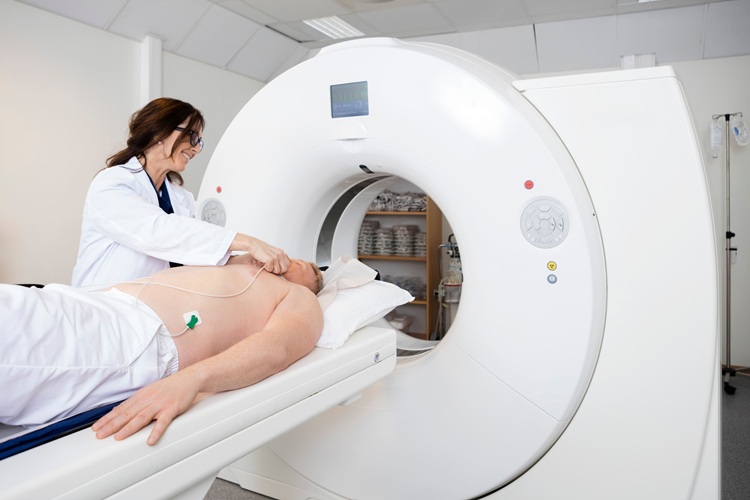
AI Detects Hidden Heart Disease in Existing CT Chest Scans
Coronary artery calcium (CAC) is a major indicator of cardiovascular risk, but its assessment typically requires a specialized “gated” CT scan that synchronizes with the heartbeat. In contrast, most chest... Read moreMRI
view channel
New MRI Technique Reveals Hidden Heart Issues
Traditional exercise stress tests conducted within an MRI machine require patients to lie flat, a position that artificially improves heart function by increasing stroke volume due to gravity-driven blood... Read more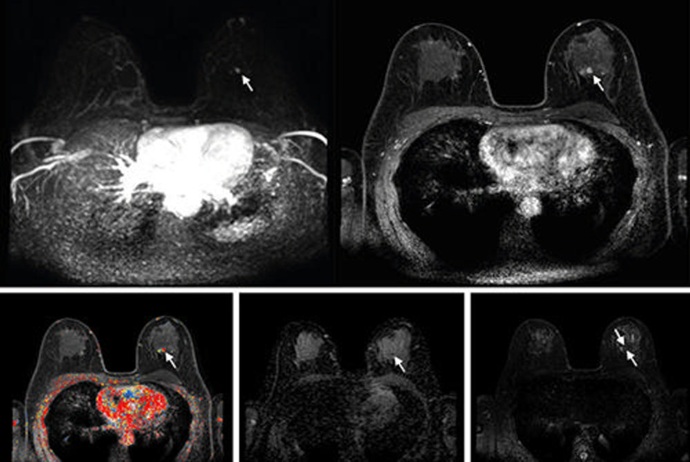
Shorter MRI Exam Effectively Detects Cancer in Dense Breasts
Women with extremely dense breasts face a higher risk of missed breast cancer diagnoses, as dense glandular and fibrous tissue can obscure tumors on mammograms. While breast MRI is recommended for supplemental... Read moreUltrasound
view channel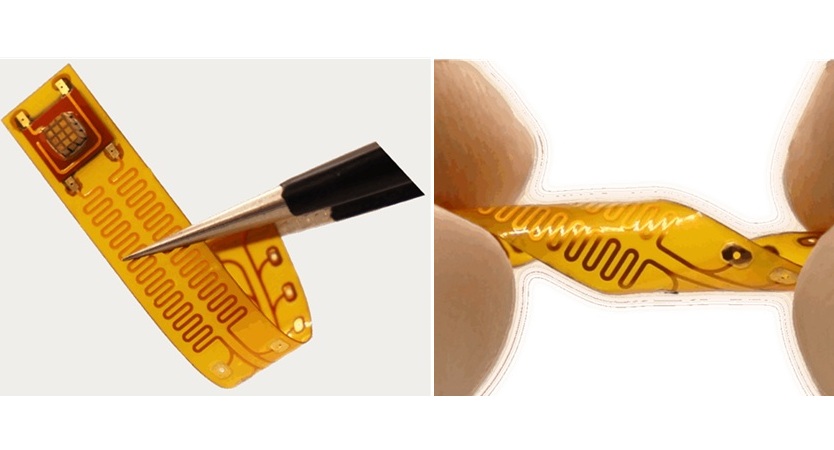
Wireless Chronic Pain Management Device to Reduce Need for Painkillers and Surgery
Chronic pain affects millions of people globally, often leading to long-term disability and dependence on opioid medications, which carry significant risks of side effects and addiction.... Read more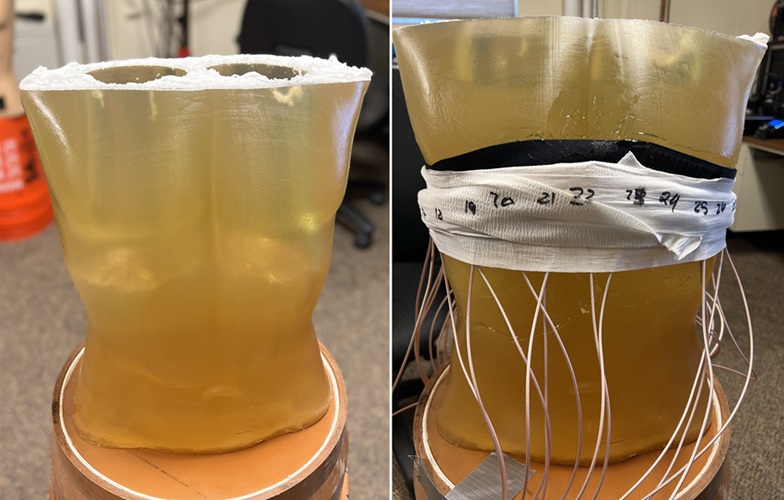
New Medical Ultrasound Imaging Technique Enables ICU Bedside Monitoring
Ultrasound computed tomography (USCT) presents a safer alternative to imaging techniques like X-ray computed tomography (commonly known as CT or “CAT” scans) because it does not produce ionizing radiation.... Read moreNuclear Medicine
view channel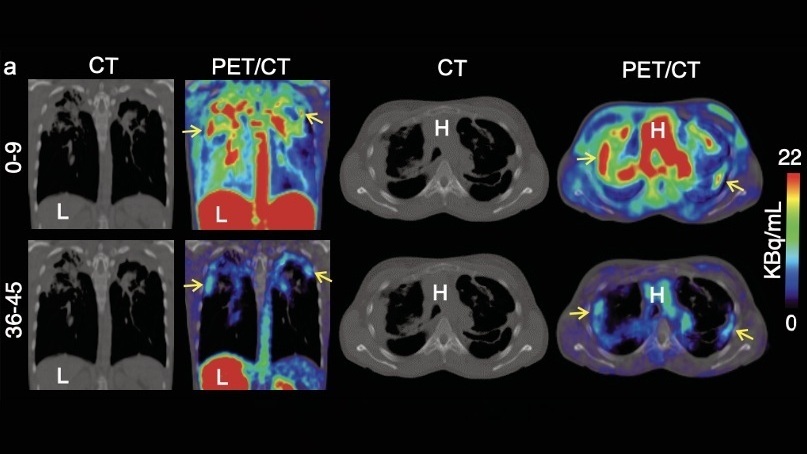
Novel Bacteria-Specific PET Imaging Approach Detects Hard-To-Diagnose Lung Infections
Mycobacteroides abscessus is a rapidly growing mycobacteria that primarily affects immunocompromised patients and those with underlying lung diseases, such as cystic fibrosis or chronic obstructive pulmonary... Read more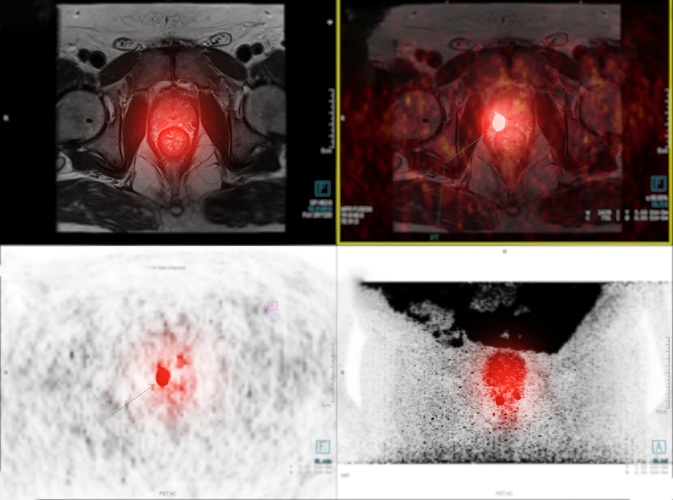
New Imaging Approach Could Reduce Need for Biopsies to Monitor Prostate Cancer
Prostate cancer is the second leading cause of cancer-related death among men in the United States. However, the majority of older men diagnosed with prostate cancer have slow-growing, low-risk forms of... Read moreImaging IT
view channel
New Google Cloud Medical Imaging Suite Makes Imaging Healthcare Data More Accessible
Medical imaging is a critical tool used to diagnose patients, and there are billions of medical images scanned globally each year. Imaging data accounts for about 90% of all healthcare data1 and, until... Read more
Global AI in Medical Diagnostics Market to Be Driven by Demand for Image Recognition in Radiology
The global artificial intelligence (AI) in medical diagnostics market is expanding with early disease detection being one of its key applications and image recognition becoming a compelling consumer proposition... Read moreIndustry News
view channel
GE HealthCare and NVIDIA Collaboration to Reimagine Diagnostic Imaging
GE HealthCare (Chicago, IL, USA) has entered into a collaboration with NVIDIA (Santa Clara, CA, USA), expanding the existing relationship between the two companies to focus on pioneering innovation in... Read more
Patient-Specific 3D-Printed Phantoms Transform CT Imaging
New research has highlighted how anatomically precise, patient-specific 3D-printed phantoms are proving to be scalable, cost-effective, and efficient tools in the development of new CT scan algorithms... Read more
Siemens and Sectra Collaborate on Enhancing Radiology Workflows
Siemens Healthineers (Forchheim, Germany) and Sectra (Linköping, Sweden) have entered into a collaboration aimed at enhancing radiologists' diagnostic capabilities and, in turn, improving patient care... Read more












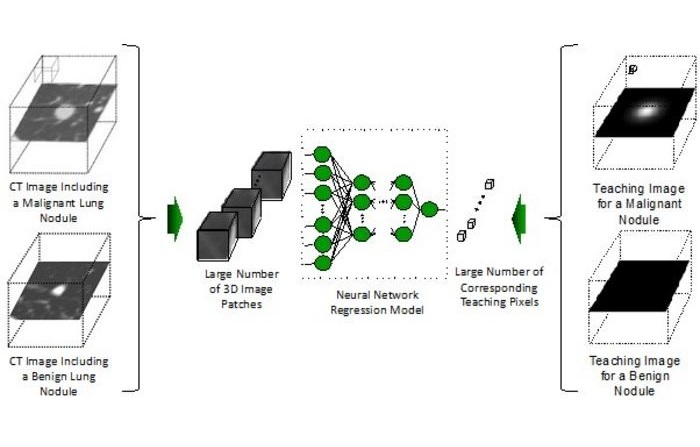
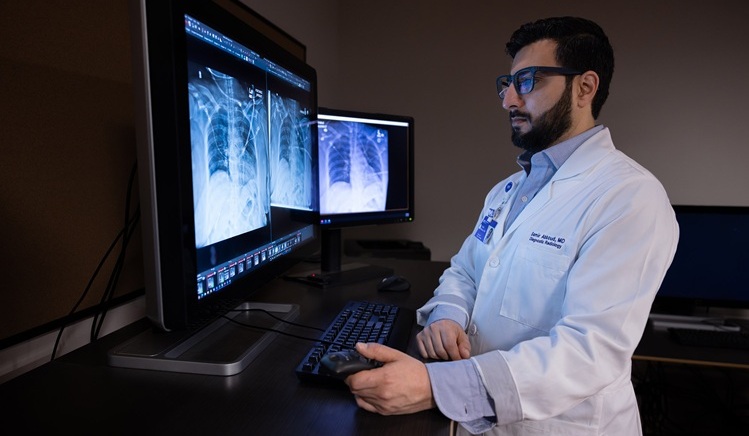


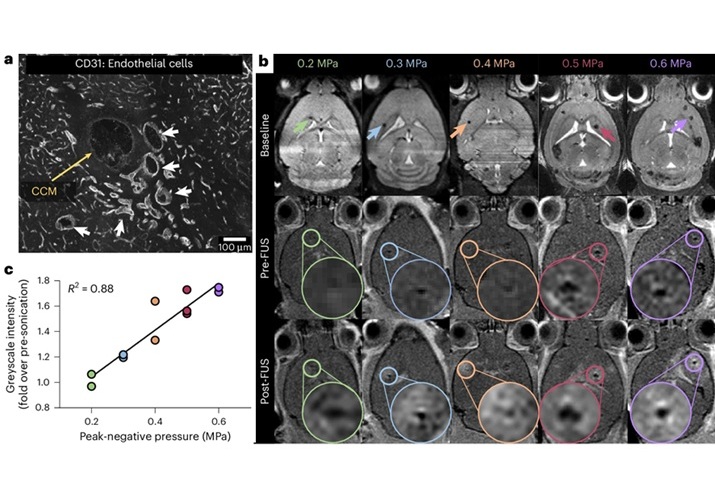
.jpeg)



